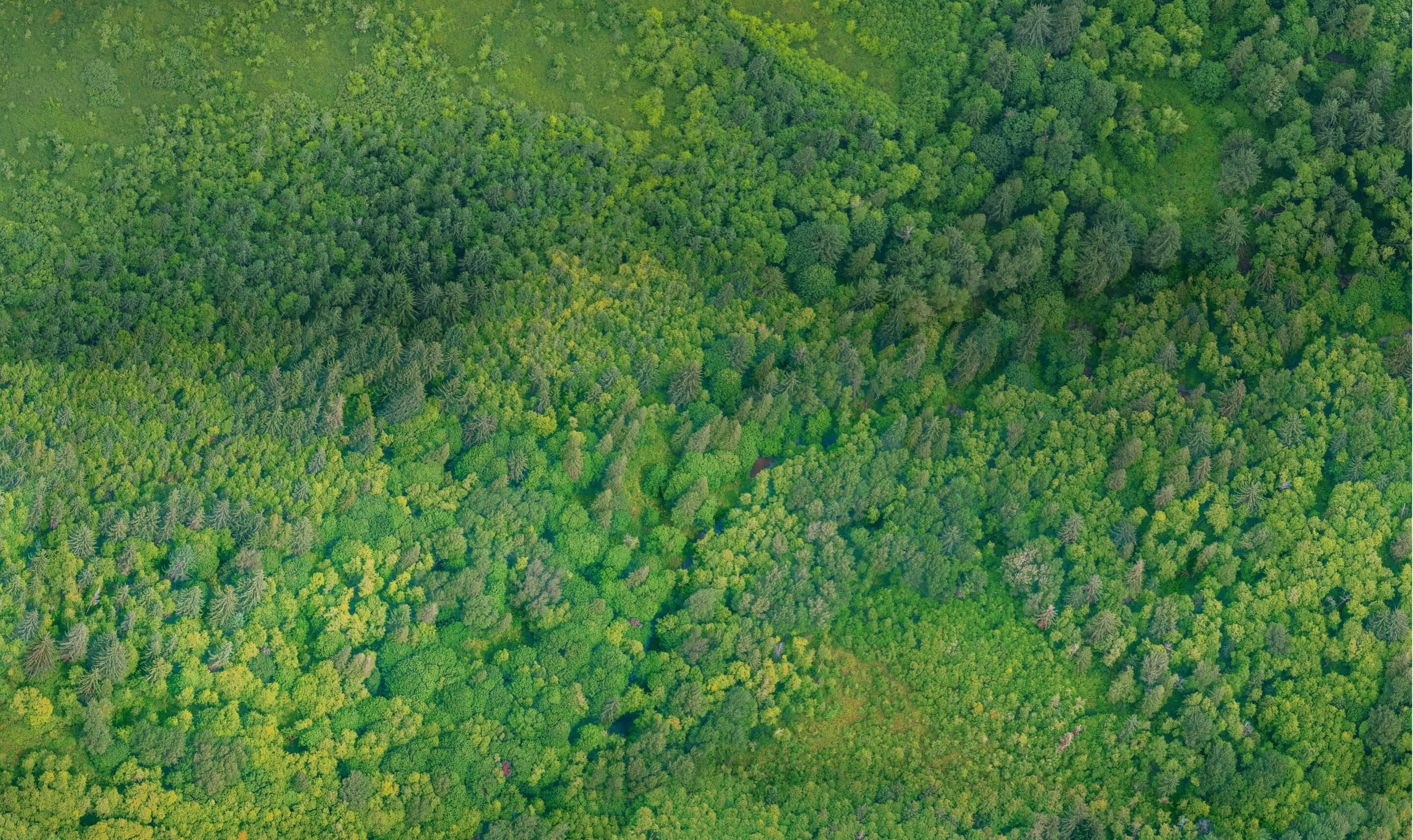LIFE is planting barriers against tsunamis
On September 28, a violent tsunami hit the Indonesian coast killing more than 2,200 people. More than 200,000 people have also found themselves in a humanitarian emergency situation! LIFE has obviously responded to the needs of the victims. But preventive action must also be taken. Because, these natural phenomena will certainly happen again...
Thus, thanks to its reforestation program Sapousse, LIFE is planting mangroves while helping local populations.
Planting mangroves: a complex but essential ecosystem
The mangrove is a vegetation of trees and shrubs that leads to the formation of a multitude of small coves, natural canals and swampy areas. All of this produces biodiversity that is very useful to humans.
The group of entangled roots produced by mangroves makes it possible to slow down the wave and break it or even stop it. In the case of Indonesia and tropical countries affected by tsunamis, mangrove planting is therefore a natural protection. Thus, the populations will not be affected because the waves will have been stopped at the level of this vegetation.
The mangrove covers more than 15 million hectares in the world almost half of which are located in areas that have been hit by tsunamis. Some experts estimate that in India, there are more than 1,700 people who were protected from the 2004 tsunami. A tragedy that caused the death of 200,000 people in the 7 Asian countries affected.

The International Union for the Conservation of Nature (IUCN) has compared the number of victims between two villages in Sri-Lanka hit by gigantic devastating waves during the tsunami of December 26, 2004. The observation is indisputable: only 2 deaths in the first village with a mangrove forest against 6000 deaths in a village in the same area that no longer has a coastal forest. Indeed, the latter has been transformed into a tourist complex. So the mangrove plays a effective role against the spread of tsunamis. The conclusions of the IUCN are clear,” research has shown that mangroves are able to absorb between 70 and 90% of the energy of a wave Normal ”.
Fight against global warming
The mangrove is a precious ecosystem, it is a real carbon sink. Most of this “blue carbon” is not stored on the surface, but underground. Mangroves store 5 to 10 times more CO2 than tropical forests.
The mangrove, species planted in mangroves, has very good capture and carbon sequestration. He therefore effectively fights against Global warming.
This tree, whose roots are in water, accelerates the regeneration of local biodiversity, which is often massacred by humans for the benefit of short-term profitability (palm oil). The plots planted by LIFE in Sumatra, in North Indonesia, brought back fish, shrimp and bees. The mangrove is a sanctuary for underwater fauna and the reproduction of species. A windfall for local populations who can thus supplement their income and therefore improve their living conditions.



.avif)





.avif)